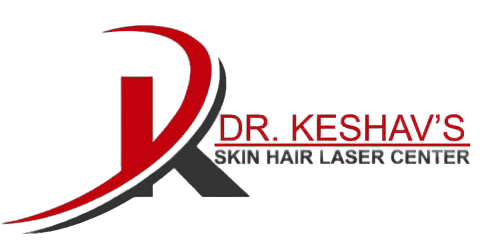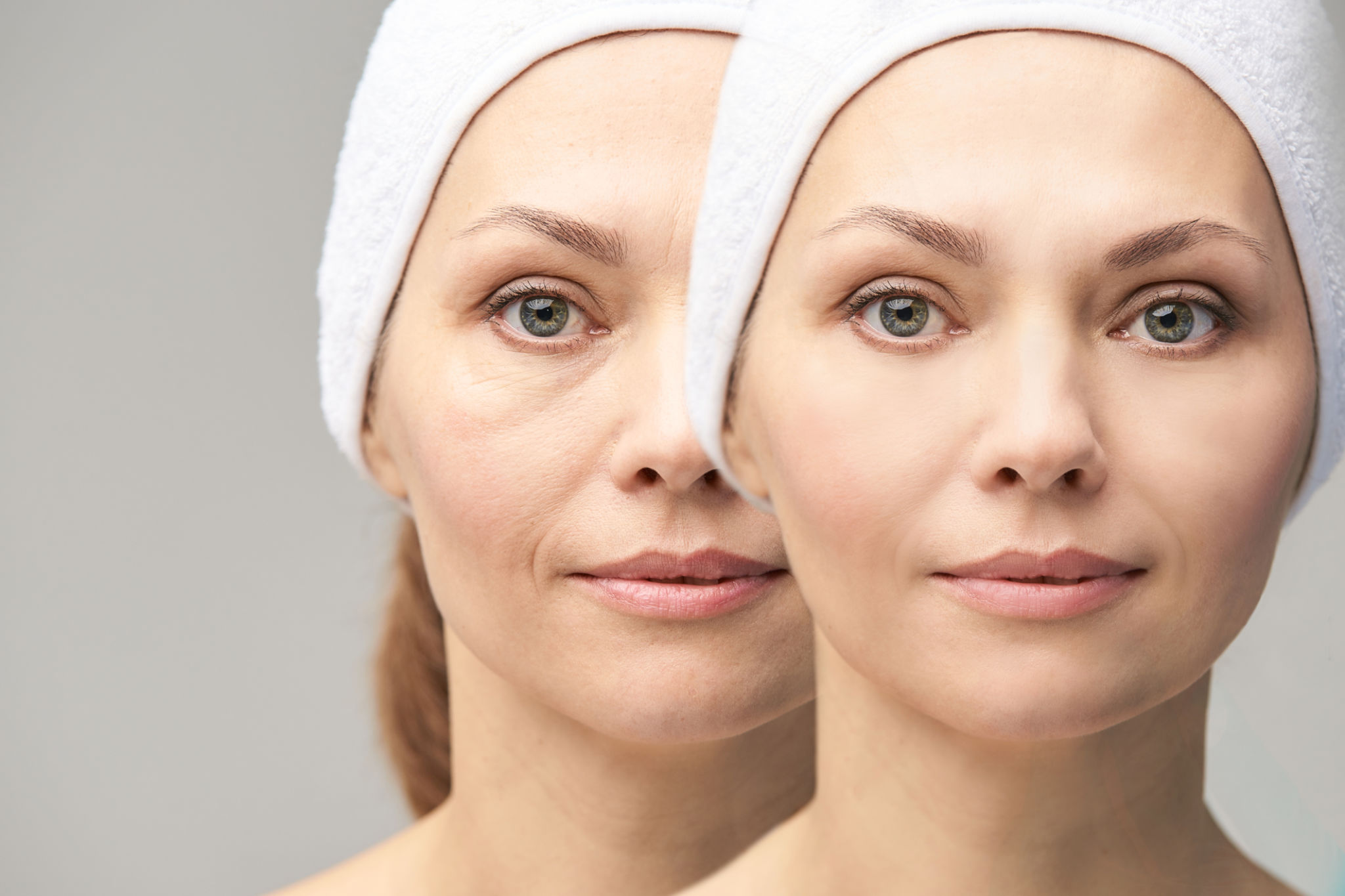What is Dermal Fillers
Dermal fillers help to diminish facial lines and restore volume and fullness in the face.
As we age, our faces naturally lose subcutaneous fat. The facial muscles are then working closer to the skin surface, so smile lines and crow’s feet become more apparent. The facial skin also stretches a bit, adding to this loss of facial volume. Other factors that affect the facial skin include sun exposure, heredity, and lifestyle.
Dermal fillers can be used to:
- Plump thin lips
- Enhance shallow contours
- Soften facial creases and wrinkles
- Improve the appearance of recessed scars
Dermal fillers can be very helpful in those with early signs of aging, or as a value-added part of facial rejuvenation surgery.
What will be the cost and types of Dermal fillers
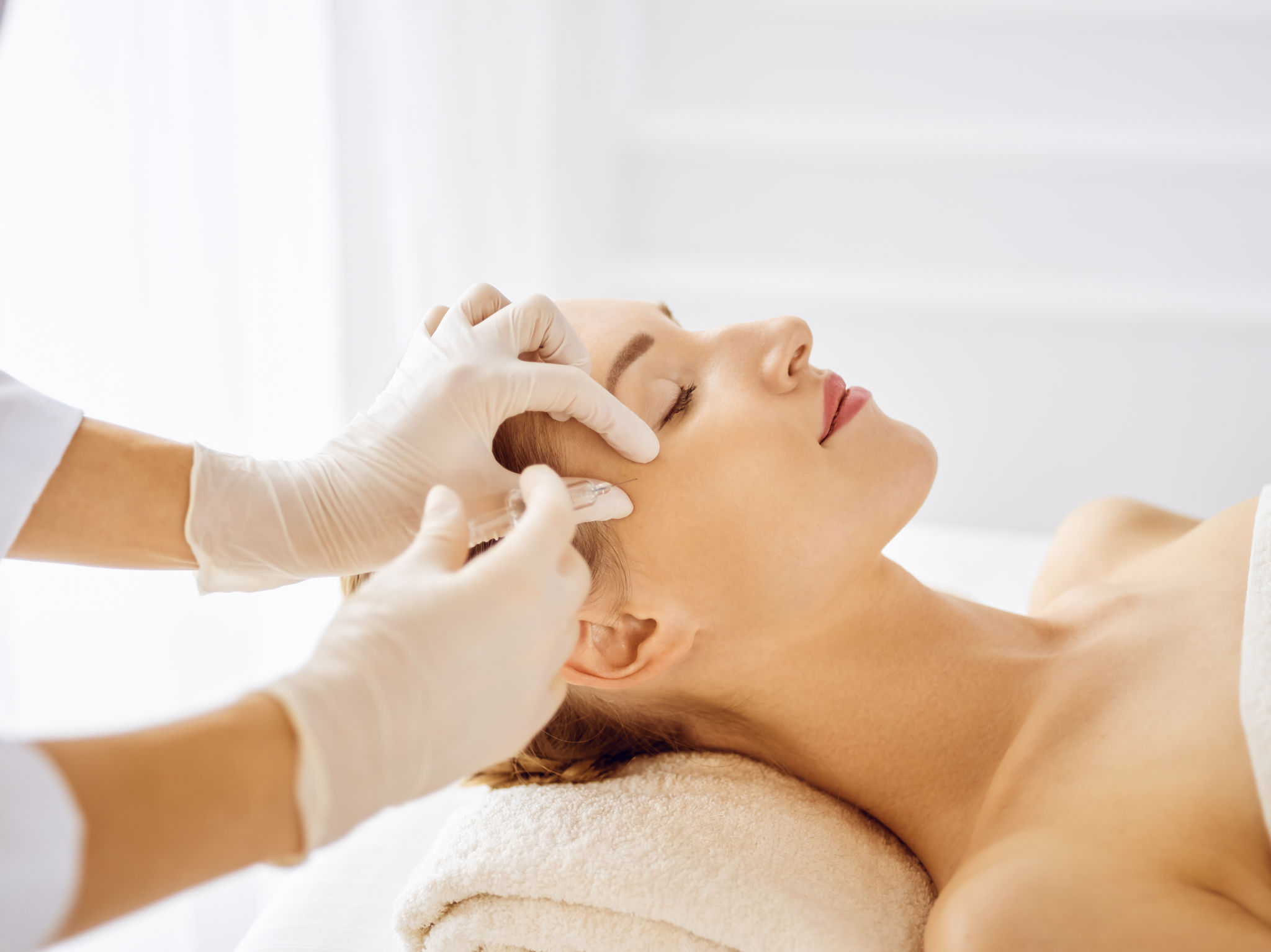
- Calcium hydroxylapatite (e.g., Radiesse)
- Collagen
- Porcine/bovine-based (e.g., Evolence, Zyderm, Zyplast)
- Human-based (e.g., Cosmoderm, Cosmoplast, Cymetra)
- Fat
- Hyaluronic acid (e.g., Juvederm Ultra, Juvederm Ultra Plus, Perlane, Restylane)
- Polylactic acid (e.g., Sculptra)
- Polymethyl-methacrylate microspheres
What are the Dermal fillers procedure steps
Step 1 – Facial assessment & mapping
If you choose to utilize packaged soft tissue fillers, the plastic surgeon, or his specially-trained nurse, will evaluate your facial appearance and skin tone and examine the areas of your face to be augmented.
Strategic points on your face may be marked as the appropriate injection sites for the filler. Photographs may be taken of the areas to be treated.
Step 2 – Cleansing & anesthetizing
The injection sites will be cleansed with an antibacterial agent.
Pain at the injection site may be ameliorated by use of a very cold instrument to chill the skin, anesthetic ointment to numb the skin, or injection of local anesthesia.
While not painless, the injections are usually easily tolerated.
Step 3 – The injection
Injection usually takes only a few moments per site. The process of injecting, massaging, and evaluating the result is performed, and additional filler added as needed.
Depending on the number of areas to be treated, the whole process may be as short as 15 minutes, or as long as an hour.
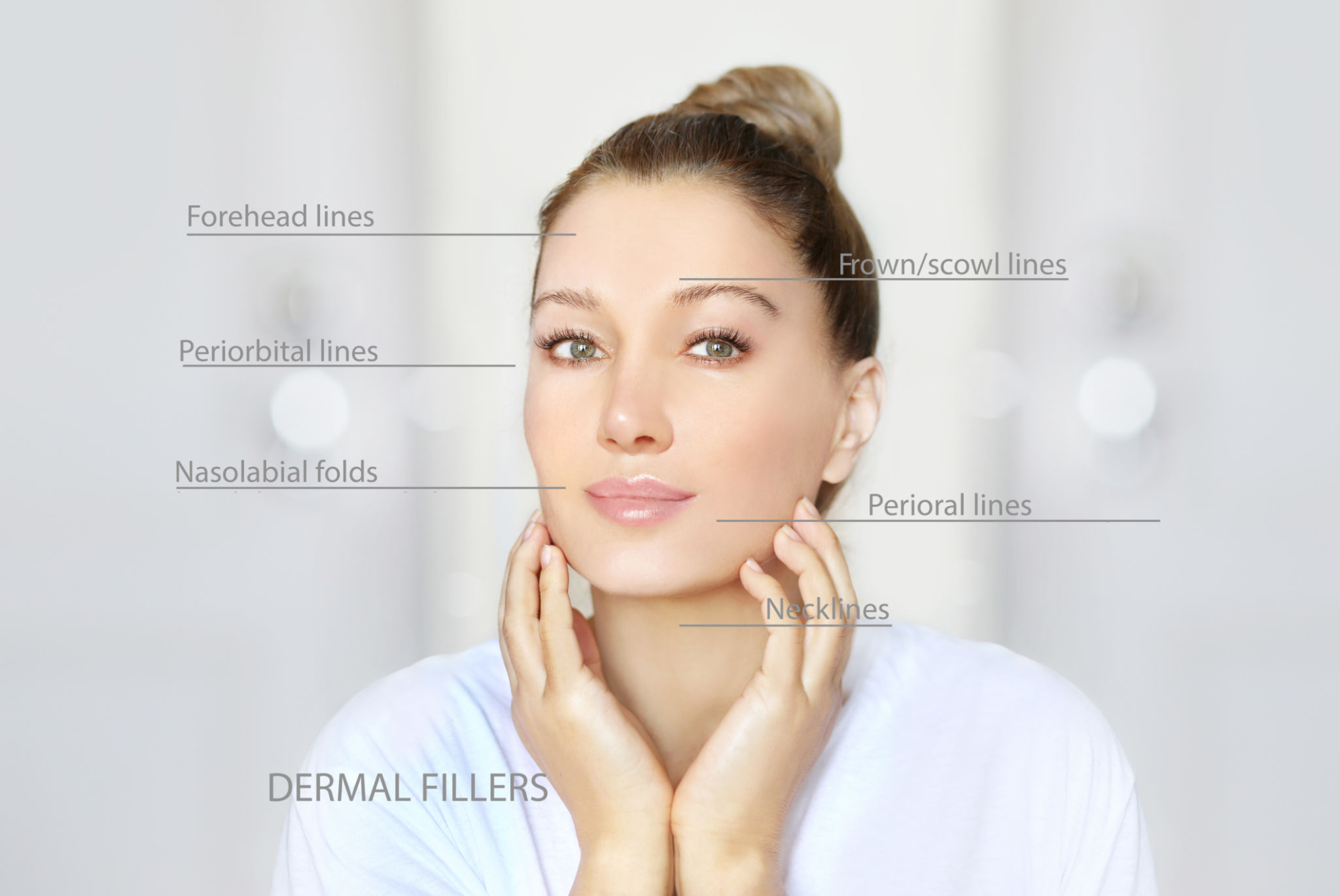
Step 4 – Clean up & recovery
Once the results are deemed satisfactory, any markings will be cleansed off.
You may be offered an ice pack to reduce swelling and alleviate discomfort. Although the area may feel a bit tender for a day or two, it is usually not painful enough to require any medication.
Dermal fillers recovery
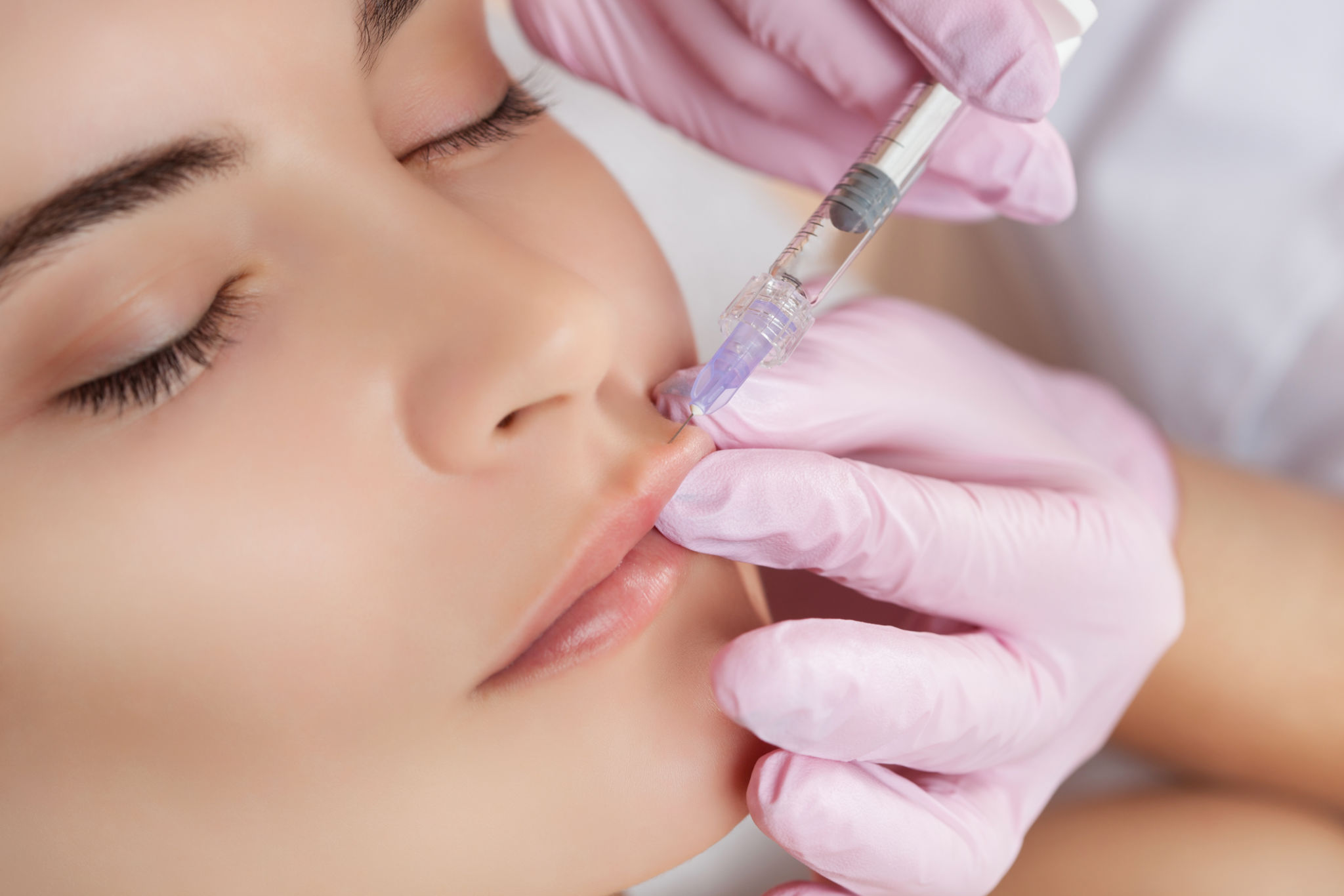
Your initial appearance after treatment with any dermal filler may include:
- An “over-filled” appearance to treated areas
- Mild swelling or bruising
- Temporary numbness or redness
These conditions can be alleviated with topical icing and will improve within a matter of hours or just a few days.
When your own fat is the injected filler, the healing process is longer and may take a few weeks.
